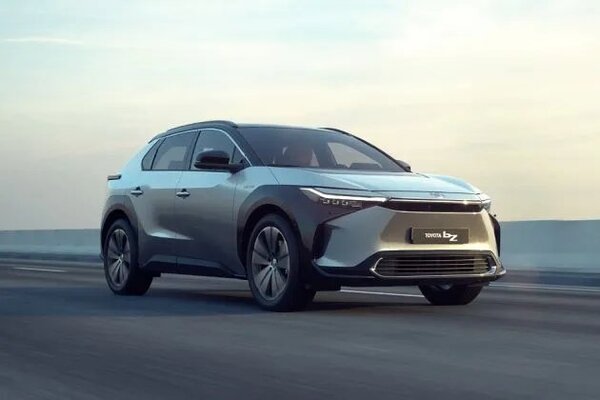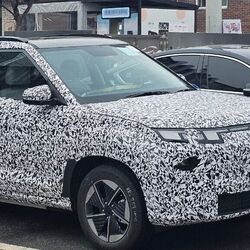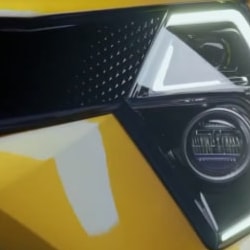Toyota hybrid cars to get solid-state batteries before the pure electric vehicle
- Toyota aims to use solid-state batteries in hybrid vehicles first and in BEVs at a later stage.


Toyota, the second largest auto giant in the world is known as one of the most resistant to the electrification of vehicles, especially when it comes to pure electric vehicles. However, Toyota has been leading the flock of automakers that focus on hybrid powertrain technology.
Also Read : Toyota hits big on EV pitch, will sell only zero-emission cars in Europe
The automaker has recently unveiled its zero-emission vehicle strategy for western Europe. By 2030, Toyota aims at least half of all the vehicles it sells in western Europe will be ZEVs. The auto major outlined its plan for reducing CO2 emissions by 100 per cent in the region by 2035.
Also check these Cars
Besides the pure electric vehicles, this zero-emission vehicle strategy will also include other green vehicles including hydrogen-powered vehicles and hybrids. In order to make the future hybrid cars more efficient and powerful, Toyota is now mulling the idea to introduce solid-state batteries to them.
Solid-state batteries are known for higher energy density, which ensures more power for vehicles. Solid-state batteries also take less time to be charged and occupies less space as well. Not only that, solid-state batteries are claimed to be more efficient and durable compared to current batteries. This is why Toyota is mulling the plan to introduce solid-state batteries to its hybrid vehicles first. Later, the Japanese automaker will introduce its solid-state batteries to electric vehicles in order to extend their ranges and shrink charging time.
Toyota is also exploring other battery technologies. One of them is the bi-polar NiMh batteries, the automaker is working on. Toyota is also the first to produce these batteries. With this, the automaker will have to rely less on precious metals than standard NiMh batteries.
Toyota also plans to apply techniques learned on these batteries to lithium-ion batteries. With this, Toyota hopes to achieve further efficiencies that will reduce costs by 50 per cent without reducing range.








 2998 cc
2998 cc Petrol
Petrol
 72.8 kWh
72.8 kWh 405 Km
405 Km


















